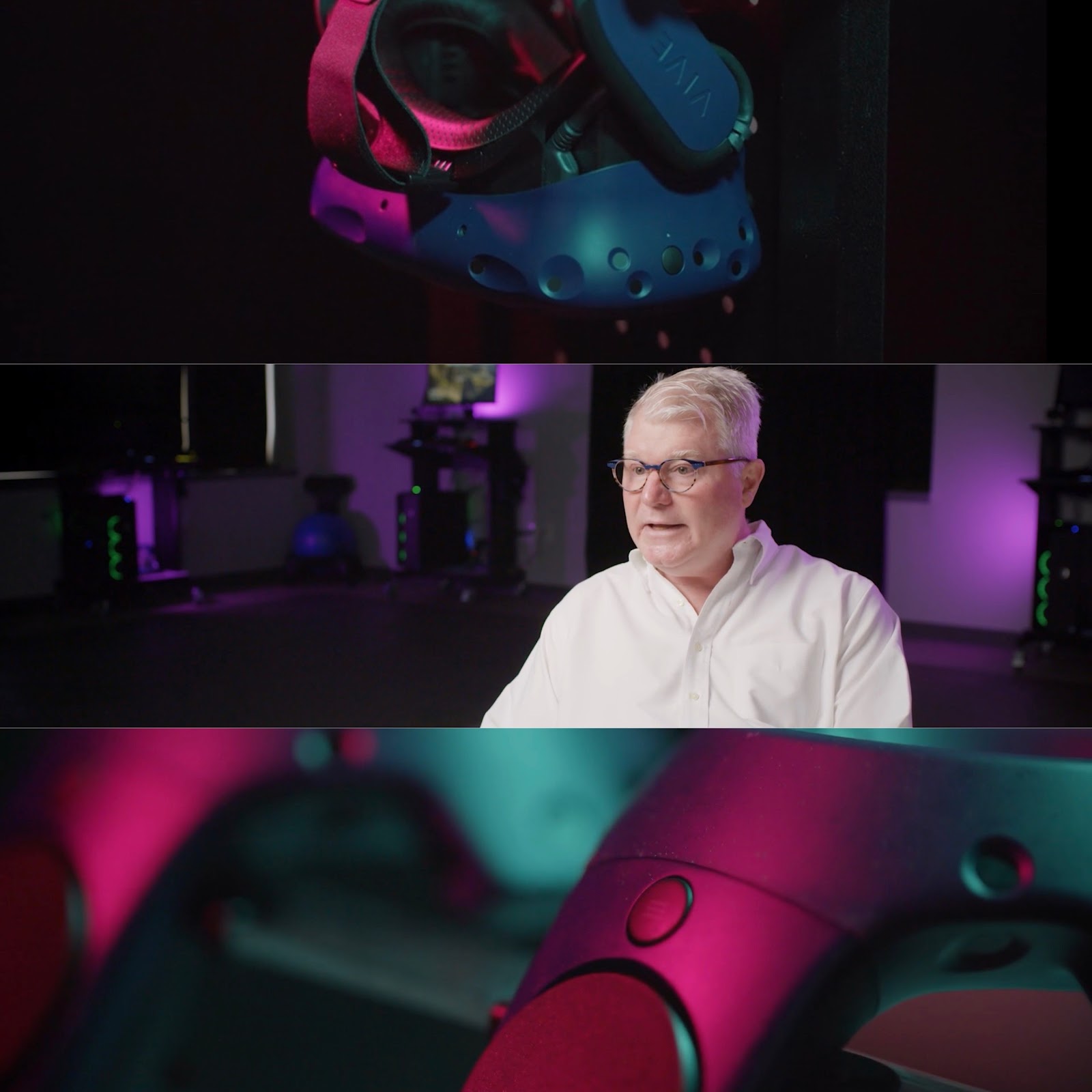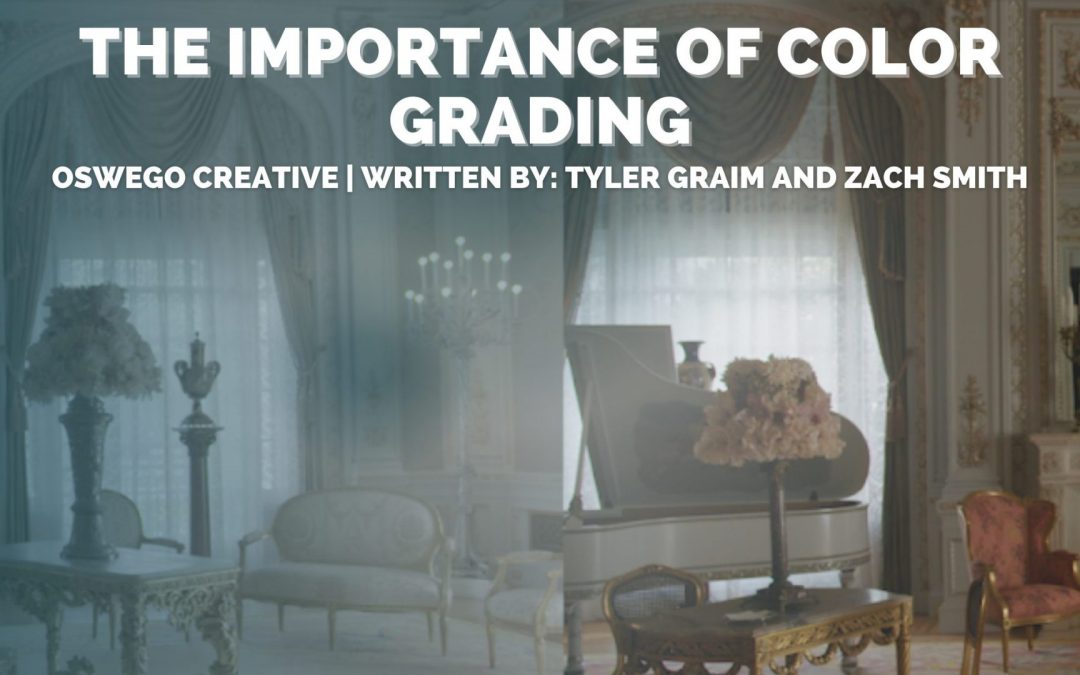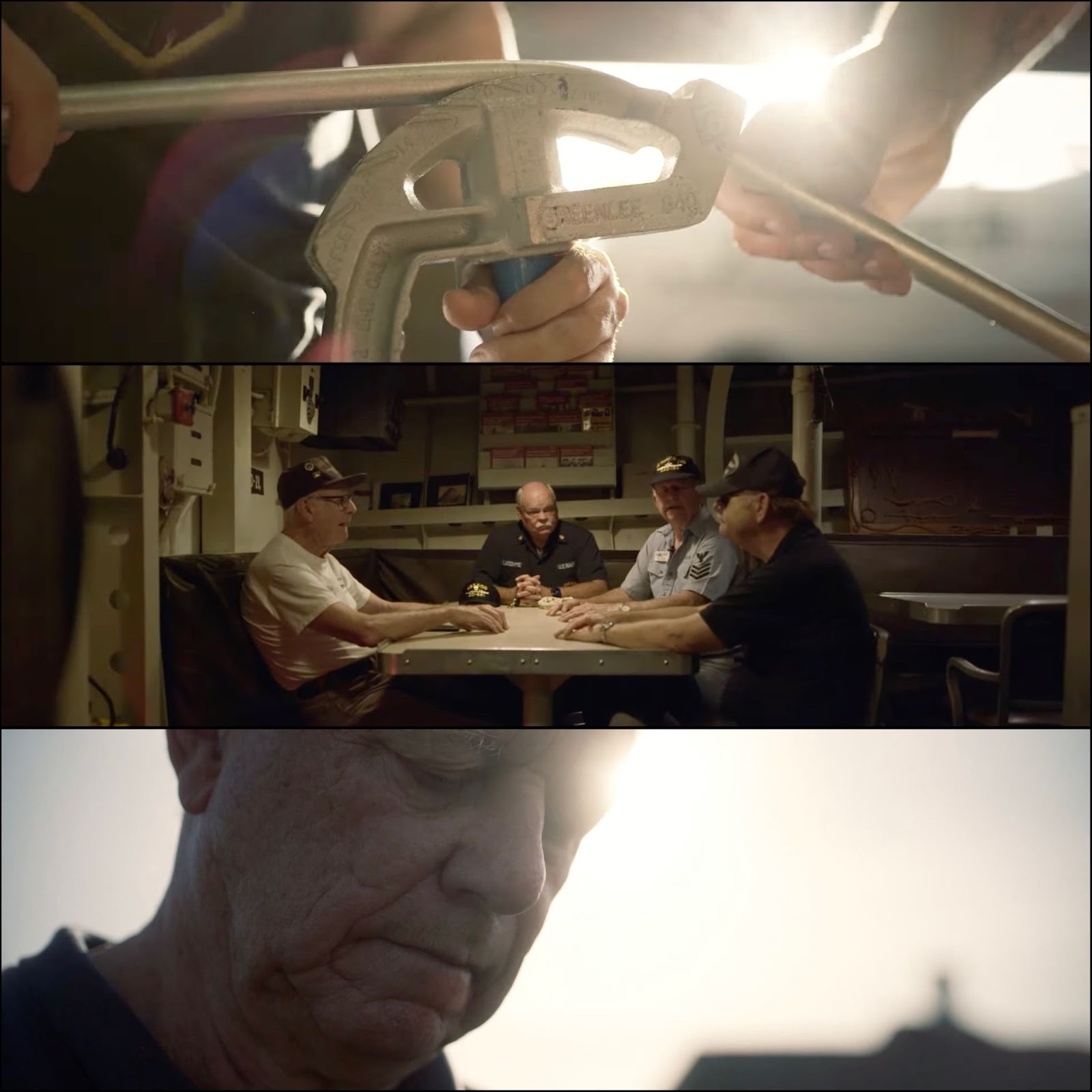“There is no Beauty without Color”
Years ago, in the corporate communication world, video production meant hitting the record button on a camera hundreds of times during a shoot and hoping that the information captured on tape was captivating enough to tell the story you intended and connect with the audience the client wants to engage in the process.
While these fundamentals of our work remain the same – the approach we take behind the camera has evolved in both the tools we physically use (cameras, rigs, lenses, sliders, lights, drones, etc.) and choices our cinematographers make in how we use those tools.
One way we do this is by manipulating the color palette of our video based on the client, project and storyline, to aid in the feeling we want a viewer to have when watching such as happy, sad, tense, or a dozens of other subconscious thoughts. And while this largely is a function in the post-production editing of a piece, it starts long before a frame of video is ever taken.
For us, this begins by using a Log color profile on all of our projects; it gives us the most malleable starting point in post-production to control or change exposure, contrast, and color and helps to define our aesthetic.
What is Log?
Log is short for ‘logarithmic’, in this setting the camera captures footage in a logarithmic tone curve rather than a linear one. This gives you a very “flat” image with muted colors and tones, almost like a piece of frosted, matte plastic wrap placed on top of a clip. The color information is not lost, quite the opposite in fact. When a video is shot in a non-Log profile the exposure, contrast and color is ‘baked’ into a clip, and we’ve found in this instance we have less flexibility in the skin tone of our subjects and the true saturation of our supporting BROLL footage. Why do we do this? Well, besides it allowing us to have the best looking footage it also gives us more creative freedom.


The Pros of Log Footage
As mentioned before, this is a camera setting we choose to implement across the board as it us allows for:
- Long Term Usage
-
-
- Our business model is telling stories for clients within specific industries or verticals. We feel like if we can specialize in their tone of voice over time with greater effectiveness and efficiency, projects will get approved with less re-work, clients will be happier and in the end we’ll add more value to them.
- We are also able to build a powerful and expansive footage library, leaning on it for a cityscape, a tight shot of a subject or location, or a generic clip supplement. If it all is filmed in Log, we can match it with new footage with greater speed, efficiency and consistency project-to-project.
-
- More Dynamic Range
-
- A Log color profile is, at its core, more forgiving for our Cinematographers. Not just in terms of color, but also exposure; perhaps purposefully underexposing or overexposing to allow the colorist the latitude to bring the image back into the proper exposure in post.
- It is easier to control highlights, midtones, and shadows for example and when exposed properly, you will have more detail & information in your image.
- Skin tones are easier to adjust.
- And when shooting with multiple cameras on a single shot (which we do almost every time) it is easier to match the footage from these different cameras in the editing timeline.
- White Balance, Tone & Tints are easier to adjust… the list goes on and on.
For its many benefits, the only real downside of shooting in Log is the time it requires in the edit bay to bring back the color, to adjust the contrast, to match footage and get the piece ready to send to the client for review and approval. But as mentioned earlier – the efficiencies we integrate by way of industry-specialization and an accurate storyline from the beginning, we can afford to spend more time on color grading in post.
Color’s effect on a viewer’s subconscious
Example 1
As we have described, the color palette of a video drives the feeling of the story when the viewer watches it. For instance, the still frames below are from one of our recent projects – a story about a retired armed services veteran, who went on to become an instructor at an electrical apprenticeship school.
We wanted the look to feel nostalgic, but also soft and warm, leading to the viewer feeling comforted because the world feels lived in and full of memories.
Example 2
In contrast, a different project about electrical training through the use of Virtual Reality, needed to have a clean, bright and ‘techie’ feel to it.
We decided to use colored LED lights to hit the hardware, the teal and magenta colors are more exciting and contemporary providing a futuristic/techie visual element to the equipment and to the story. To keep that style throughout, we added different accent colors to each interview set up and keep the viewer connected to what they see while they listen to the technological benefits of the subject experts.

While the colors would have shown up had we not shot these frames in Log – we were able to better manipulate their vibrance in the edit process.
These examples show in clear detail how the color grading of an image can have a huge effect on the way the video is interpreted by the viewer. We like to tailor the color grade of each video to fit the story. Oswego wants the story that we make for our clients to have a look and feel that fits the content and is unique. It takes a little extra time, but we think that it is worth it in the end. So the next time you sit down to watch your favorite show, or queue up a YouTube video, pay attention to the color and see if you can tell what their intention was with the color grade.


